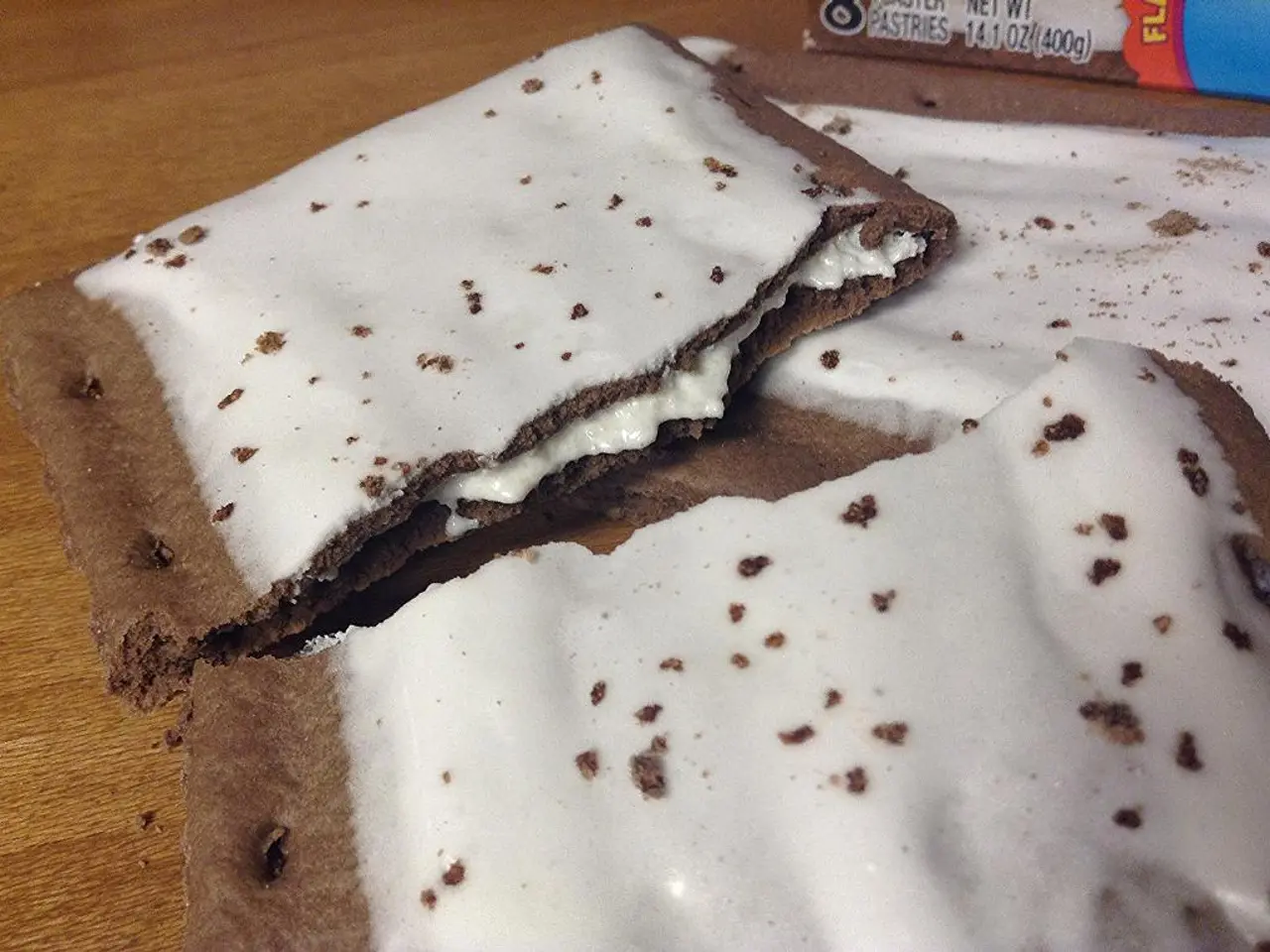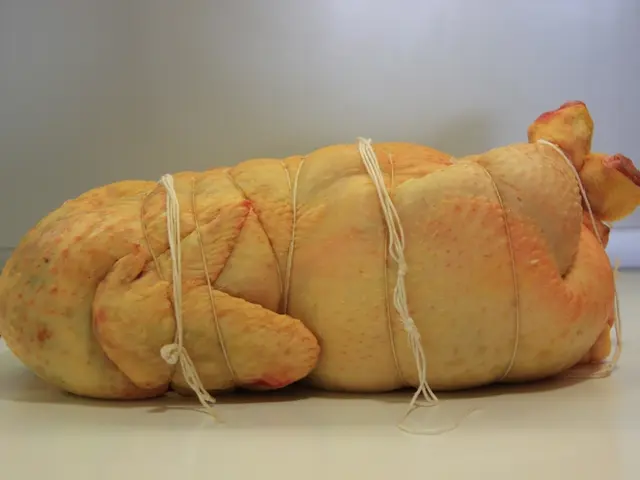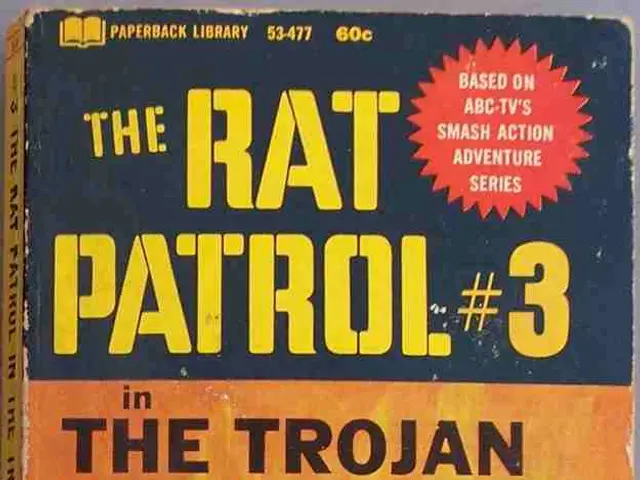Finger Injury: Departure of Pain and Healing Process
A smashed finger, caused by heavy objects or forceful impacts, can be a painful and potentially serious injury. Symptoms may include inflammation, redness, pain (mild to severe), stiffness, difficulty moving, loss of sensation in the fingertip, bruising on the skin, bleeding under the nail, and in severe cases, fingernail loss.
In cases where most of the nail is affected, a doctor may be able to prevent the fingernail from falling off by draining the blood from the bruise. However, it's essential to remember that the healing time for a smashed finger varies significantly based on the severity of the injury and whether medical intervention is involved.
Without medical intervention, a mild finger contusion typically heals within 3 to 7 days by following basic care such as rest, ice, compression, and elevation (RICE). More severe bruises involving deeper tissue damage and swelling may take 2 to 3 weeks to heal naturally. Pain and swelling usually improve steadily during this time.
For injuries involving nail damage or fractures, healing takes longer. A bruised or smashed nail can require 6 to 9 months to fully grow out and heal, particularly if there's damage underneath the nail bed or a fracture to the bone. Complications like infection or nail loss can prolong recovery and might require medical treatment.
With medical intervention, healing may be more rapid and complications less likely. Proper medical care, which might include wound cleaning, pain management, splinting, or even surgery if there are fractures or deep tissue injuries, can improve outcomes and reduce healing time. Some anecdotal reports suggest that using advanced therapies such as peptides or other natural methods might accelerate healing in certain cases, but typical recovery for a smashed finger with treatment still depends on the injury severity.
In general, mild smashed fingers can heal within a week naturally, but more severe injuries require weeks to months and benefit greatly from professional medical care to ensure full recovery and minimize complications. Recovery from a smashed finger typically involves rest, over-the-counter medication for a few days, and gentle movement to prevent stiffness.
If the finger is significantly smashed, causing pain, swelling, loss of function, or signs of an open fracture (bone poking through skin), urgent medical evaluation is strongly advised to prevent long-term damage or infection. It is advisable to seek medical attention if the pain is severe, symptoms are not improving, or there is a noticeable break, deep wound, the finger will not bend, the entire finger, hand, or wrist is also injured, the finger is disfigured, symptoms worsen over time, finger feels numb, or a crack was heard at the time of injury.
Icing a smashed finger can limit inflammation. Ice should be applied for no more than 15 minutes and repeated several times a day, with care taken to avoid placing ice directly on the skin. A smashed finger may result in an open wound, such as a scrape or cut. The wound should be cleaned immediately and covered with a bandage and antibiotic cream if available.
Gentle movement can help reduce inflammation and prevent stiffness in some cases of smashed fingers. However, in other cases, rest may be more beneficial. Signs of a broken finger include dislocation, deformity, and sharp pain at the site of the injury. A broken finger may require immediate medical attention.
Over-the-counter anti-inflammatory medications, such as aspirin, ibuprofen (Advil), and acetaminophen, can alleviate pain and reduce inflammation. A bruise may develop as a smashed finger heals, which can cause continued pain, discoloration, aching, or numbness. Elevation of a smashed finger can help reduce inflammation by slowing the flow of blood to the finger. The finger should be raised above the heart.
Gentle massage may help the finger to recover by promoting blood flow and helping clear dead cells. However, it is crucial to avoid applying excessive pressure, as this could worsen the injury. A smashed finger can occur due to heavy objects or force impacting the finger, such as dropping an object, hitting it with a hammer, or closing a finger in a door.
In summary, while mild smashed fingers can heal within a week naturally, more severe injuries require professional medical care to ensure full recovery and minimize complications. It is essential to rest, ice, and elevate the finger, and to seek medical attention if symptoms worsen, there is a noticeable break, or signs of an open fracture are present. Over-the-counter pain relievers can alleviate discomfort, and gentle movement can help prevent stiffness, but care should be taken to avoid causing further injury.
- In the context of workplace-wellness and health-and-wellness, fostering fitness-and-exercise, mental-health, and skin-care routines could potentially predict a shorter recovery period for a smashed finger, much like advanced therapies might do for nail healing.
- While depression and obesity often require therapies-and-treatments and lifestyle changes, they may not directly impact the healing process of a smashed finger caused by heavy objects or forceful impacts.
- An individual who has had a hepatitis diagnosis should be cautious after a smashed finger injury, ensuring proper sanitation and medical attention to prevent potential complications or infections.
- A case study correlating a smashed finger injury with bipolar disorder is yet to be established in the realm of science.
- Nutrition, particularly a balanced diet, can indirectly aid in the healing process post-finger injury by supporting overall wellness and immune functioning.
- It is important to remember that the healing time for a smashed finger is significant and varies based on the injury severity, much like the duration of treatments for depression, obesity, or hepatitis.
- Just as professional medical care is crucial for treating depression, obesity, and hepatitis, it is equally important for a smashed finger injury, particularly if the finger shows signs of deep tissue damage, swelling, or deformity.
- In the same way that one would monitor their mental health symptoms closely, checking for signs of improving or worsening after therapy or treatment, an individual who has suffered a smashed finger should observe for symptoms like reduced pain, decreased swelling, and improved finger function as part of the healing process.








